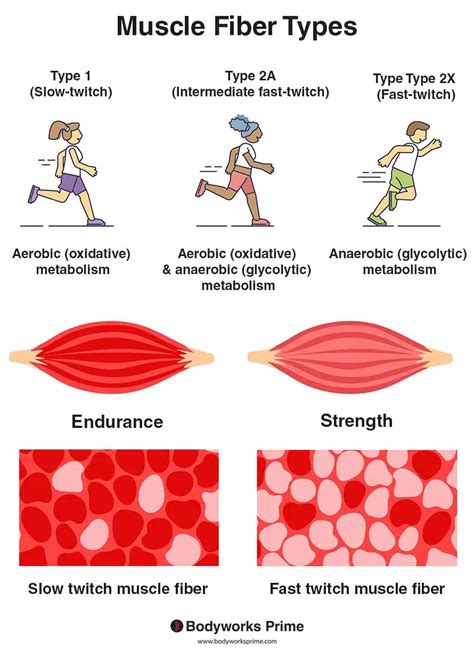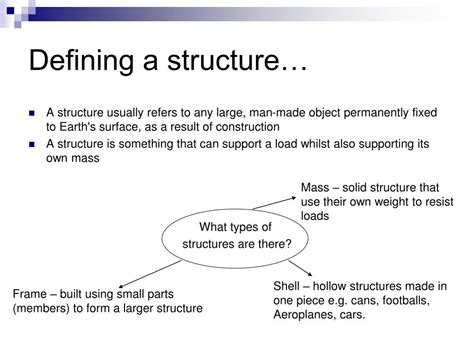How to optimize workout frequency for peak muscle growth & recovery?
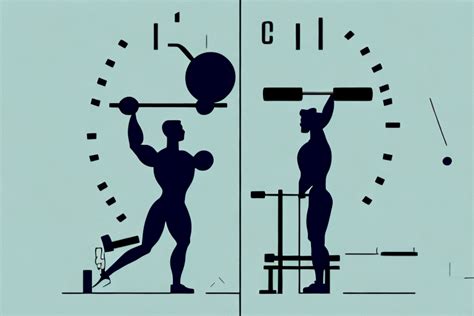
Achieving peak muscle growth and ensuring proper recovery are the twin pillars of any successful strength training program. While factors like intensity, volume, and exercise selection often take center stage, workout frequency plays an equally critical, often underestimated, role. Striking the right balance—providing enough stimulus for adaptation without overtraining—is the secret sauce for continuous gains.
Why Workout Frequency Matters for Hypertrophy
Muscle protein synthesis (MPS) is elevated for approximately 24-48 hours after an effective resistance training session. To maximize muscle growth, you want to keep MPS elevated as much as possible. Training a muscle group more frequently (e.g., 2-3 times per week instead of just once) can provide a more consistent anabolic stimulus, leading to greater long-term gains. This doesn’t mean more is always better; there’s a point of diminishing returns and increased risk of overtraining if recovery isn’t adequate.
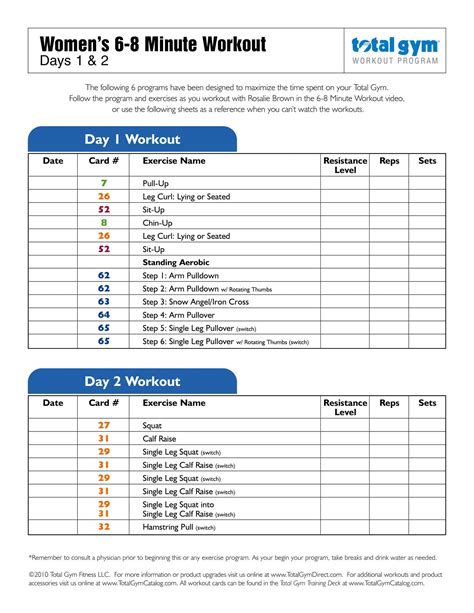
Key Factors Influencing Your Optimal Frequency
1. Training Experience and Volume
Beginners often respond well to full-body routines performed 2-3 times a week, as their bodies are highly sensitive to new stimuli and recover relatively quickly from lower overall volumes per session. Advanced lifters, who can handle much higher volumes and intensities per session, might require more recovery time for individual muscle groups, yet can still benefit from higher frequencies if daily volume is managed. The total weekly volume for a muscle group is often more important than the volume per session.
2. Muscle Group Size and Recovery Capacity
Larger muscle groups (like quads, back, chest) typically require more recovery than smaller ones (biceps, triceps, calves). However, the central nervous system (CNS) fatigue from heavy compound lifts also plays a significant role. Your overall recovery capacity, influenced by sleep quality, nutrition, stress levels, and genetics, dictates how often you can effectively train.
3. Specific Training Goals
While hypertrophy generally benefits from higher frequency, strength athletes might prioritize specific lifts multiple times a week, and powerlifters often focus on technical proficiency with varying intensities. Bodybuilders, aiming for maximum muscle size, often find a sweet spot around 2-3 times per week per muscle group.

Common Workout Splits and Their Frequency Implications
Different training splits inherently dictate varying frequencies for individual muscle groups:
- Full Body (2-3x/week): Each muscle group is hit multiple times. Excellent for beginners and those seeking balanced development. Allows for high weekly frequency with moderate volume per session.
- Upper/Lower (4x/week): Upper body trained twice, lower body twice. A good balance of frequency and dedicated volume for intermediate lifters.
- Push/Pull/Legs (PPL) (3-6x/week): Can be run as a 3-day split (each muscle group once a week) or a 6-day split (each muscle group twice a week). The 6-day PPL is a high-frequency approach popular among advanced lifters who can manage the volume and recovery.
- “Bro Split” (1x/week per muscle group): Historically popular, but often less optimal for hypertrophy due to the long gap between stimuli. While it allows for very high volume per session, the muscle protein synthesis window closes long before the next session for that muscle group.

Finding Your Optimal Frequency: Listen to Your Body
The “perfect” frequency isn’t universal; it’s highly individual. Start with a commonly recommended frequency (e.g., 2-3 times per week per muscle group) and adjust based on your recovery and performance. Key indicators include:
- Persistent Soreness: If a muscle group is still significantly sore when it’s time to train it again, you might need more recovery or less volume.
- Performance Decreases: If you’re consistently weaker or unable to hit your target reps, it could be a sign of inadequate recovery or overtraining.
- Energy Levels and Mood: Chronic fatigue, irritability, and lack of motivation are red flags.
It’s a continuous process of experimentation and adaptation. Use a training log to track your progress and identify patterns related to frequency and recovery.
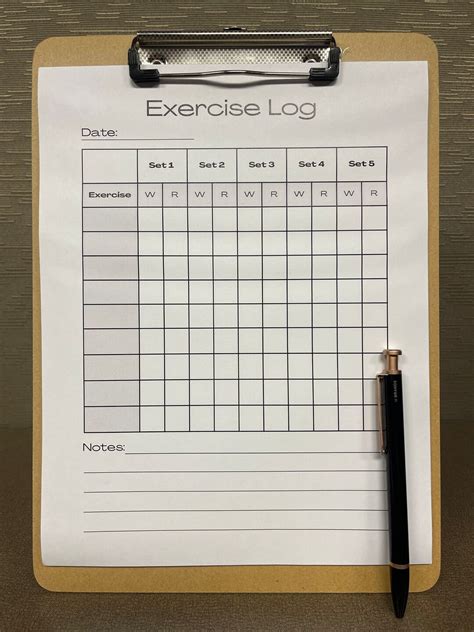
The Role of Progressive Overload
Regardless of your frequency, the principle of progressive overload remains paramount. You must continually challenge your muscles—whether through more weight, reps, sets, or improved form—to force adaptation. Frequency is a tool that helps facilitate more opportunities for this progressive overload, but it’s not a substitute for it. If you’re hitting each muscle group twice a week, aim for small improvements in strength or volume each week across those two sessions.
Conclusion: The Art of Balance
Optimizing workout frequency is an art form that balances stimulus with recovery. Aiming for 2-3 training sessions per muscle group per week is often a highly effective strategy for most individuals seeking muscle growth, provided total weekly volume is appropriately managed. However, the best approach is always individualized. Experiment, pay close attention to your body’s signals, prioritize sleep and nutrition, and adapt your frequency as you progress to unlock your full potential for muscle growth and efficient recovery.
